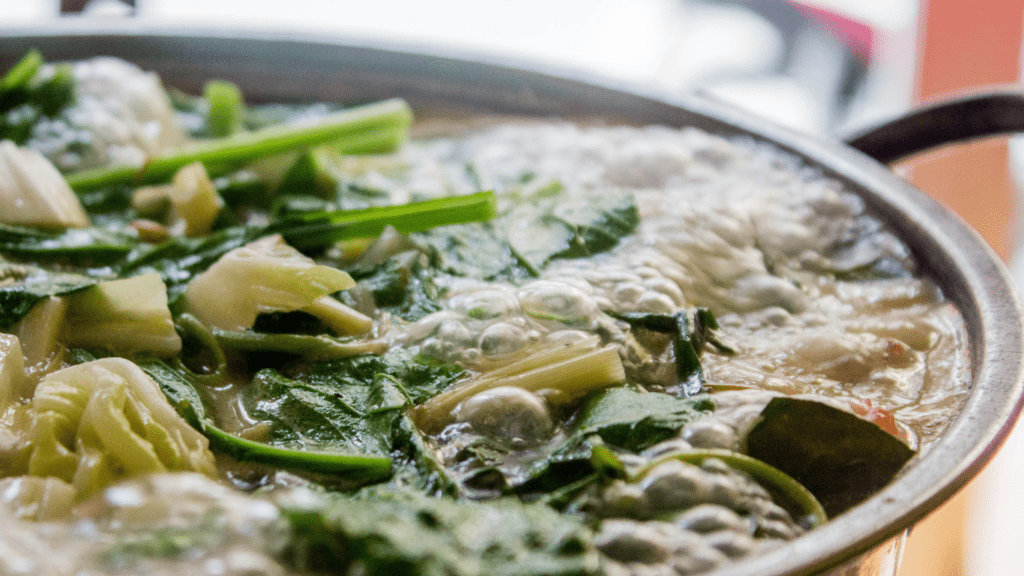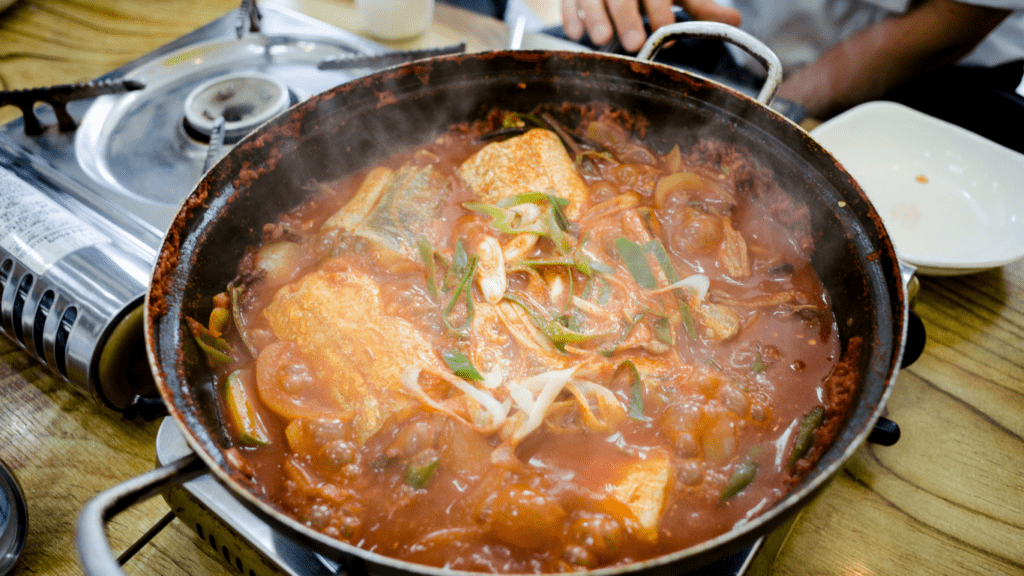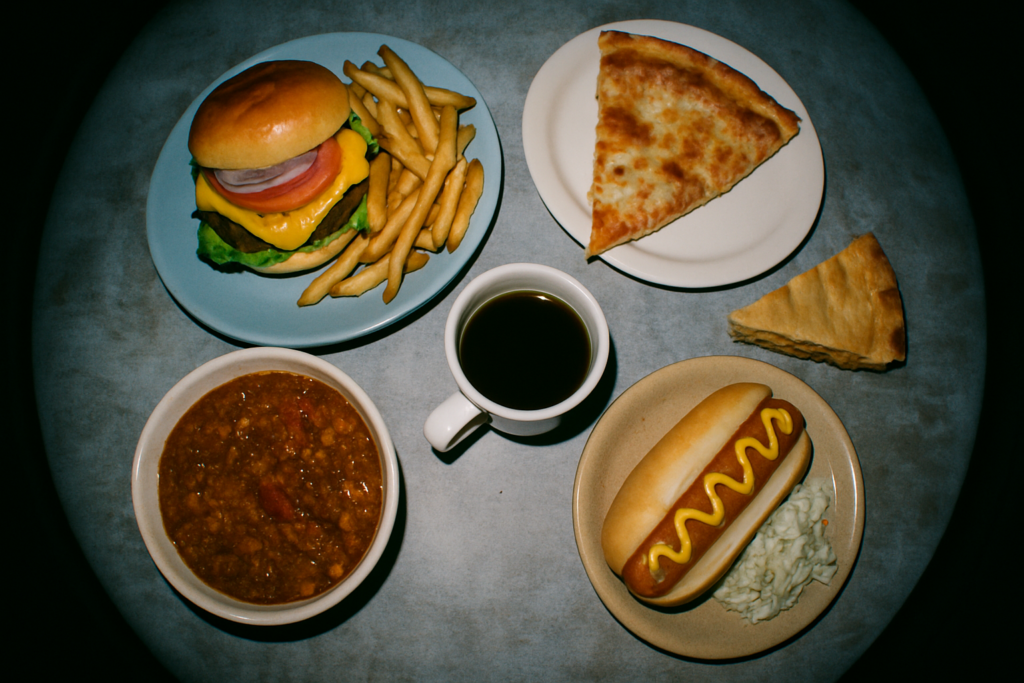Embark on a gastronomic journey through the vibrant flavors of South America’s Indigenous cuisines with me. From the lush Amazon rainforest to the majestic Andes mountains, each region boasts a rich culinary heritage waiting to be discovered.
I’ll guide you through the diverse traditional dishes and cooking techniques that have been passed down through generations, offering a unique insight into the cultural significance of food in South American communities. Get ready to tantalize your taste buds with exotic ingredients and mouth-watering dishes that reflect the deep connection between nature, history, and indigenous traditions in this fascinating part of the world.
Understanding Indigenous Cuisines
Exploring indigenous cuisines in South America offers a fascinating insight into the rich culinary traditions of diverse communities. From the Amazon rainforest to the Andes mountains, each region boasts a unique culinary heritage passed down through generations. The cultural significance of food in South American communities is deeply intertwined with nature, history, and indigenous traditions, evident in the exotic ingredients and delightful dishes that define the region.
Traditional Ingredients in South American Cuisines
Exploring Indigenous cuisines in South America unveils a diverse array of traditional ingredients that form the backbone of these vibrant culinary traditions. Let’s delve into the staple and exotic ingredients that contribute to the rich tapestry of South American flavors.
Staple Ingredients
- Maize: Maize, also known as corn, is a fundamental component of South American cuisines. It is used in various forms, such as cornmeal for making arepas in Colombia and Venezuela or choclo, a type of large-kernel corn commonly used in Peruvian dishes like ceviche.
- Quinoa: Hailing from the Andean region, quinoa is a versatile grain that is a staple in many South American dishes. It is prized for its nutritional value and distinct nutty flavor, making it a popular choice for salads, soups, and main courses.
- Beans: Beans, including black beans, pinto beans, and kidney beans, play a crucial role in South American cuisine. They are used in dishes like feijoada in Brazil, frijoles negros in Colombia, and frijoles refritos in Mexico, adding depth and protein to the meals.
- Achiote: Achiote, also known as annatto, is a vibrant red seed commonly used to impart a rich color and earthy flavor to dishes in South American cuisines. It is a key ingredient in traditional dishes like achiote chicken in Peru and cochinita pibil in Mexico.
- Yucca: Yucca, or cassava, is a starchy root vegetable used in various forms across South America. It is transformed into crispy yucca fries in Brazil, yuca con mojo in Cuba, and yuca al ajillo in Colombia, adding a unique texture and flavor to meals.
Culinary Techniques and Cooking Methods
Exploring Indigenous cuisines in South America unveils a fascinating array of culinary techniques and cooking methods that have been passed down through generations. These traditional practices are essential in capturing the authentic flavors and textures that define Indigenous South American cuisine. Let’s delve into some of the key culinary techniques and cooking methods used in this rich culinary tradition:
- Grilling: Indigenous communities in South America have long been masters of grilling techniques, using open flames and wood-fired pits to cook a variety of meats and vegetables. Techniques like “asado” in Argentina and “churrasco” in Brazil showcase the artistry of grilling in South American cuisine.
- Boiling and Steaming: Boiling and steaming are fundamental cooking methods used in Indigenous South American cuisines. Dishes like “pachamanca” from Peru, where ingredients are cooked underground with hot stones, exemplify the skilled use of boiling and steaming to create flavorful and aromatic meals.
- Fermentation: Fermentation is another prevalent technique utilized in Indigenous South American cooking. Ingredients like maize and cassava are fermented to produce staples such as chicha (maize beer) and cassava bread. Fermentation not only enhances the flavors of ingredients but also contributes to the preservation of food.
- Wrapping in Leaves: Wrapping food in leaves is a traditional cooking method found across Indigenous cuisines in South America. Banana leaves, corn husks, and other foliage are used to encase ingredients before cooking, infusing dishes with unique flavors and aromas.
- Stone Grinding: Stone grinding is a traditional method employed to process ingredients like maize and quinoa into fine powders or pastes. This technique is essential in creating dishes like “tamales” and “humitas,” where finely ground ingredients are cooked to perfection.
- Smoking: Smoking is a technique widely used in Indigenous South American cuisines to add depth and complexity to dishes. Meats, fish, and even vegetables are smoked using a variety of woods, imparting distinct smoky flavors that enhance the overall taste of the food.
- Earthenware Pot Cooking: Cooking in earthenware pots is a traditional method that is prevalent in Indigenous South American communities. Clay pots are used to simmer stews, soups, and traditional dishes, allowing flavors to meld together slowly and evenly.
Exploring these culinary techniques and cooking methods provides a deeper understanding of the cultural significance and expertise that underpin Indigenous South American cuisine. By incorporating these traditional practices into modern cooking, we can continue to honor and celebrate the rich culinary heritage of South America.
Regional Variations in South American Cuisines
Exploring Indigenous cuisines in South America unveils a diverse culinary landscape shaped by unique regional variations. From the mountainous terrains of the Andes to the lush Amazon rainforest, each area boasts its own distinct flavors and ingredients. I’ll delve into some of the prominent regional variations that contribute to the richness of South American cuisines.
Andean Cuisine:
The Andean region is renowned for its use of indigenous ingredients such as quinoa, potatoes, and alpaca meat. Roasting and steaming are common cooking methods in this area, emphasizing natural flavors and textures. Dishes like “Ceviche de Trucha” (Trout Ceviche) from Peru showcase the freshness of seafood combined with local herbs and citrus.
Amazonian Cuisine:
In the Amazon rainforest, ingredients like exotic fruits, freshwater fish, and wild game take center stage. Indigenous tribes use techniques like pit cooking and grilling over open flames to create flavorful dishes such as “Patarashca,” a dish of fish wrapped in plantain leaves and cooked over hot coals. The integration of foraged ingredients adds a unique taste to Amazonian cuisine.
Patagonian Cuisine:
Moving south to Patagonia, the cuisine reflects the rugged landscape with an emphasis on grilled meats, particularly lamb and beef. “Asado” gatherings, where meats are slow-cooked over open fires, are a staple in Patagonian culinary traditions. Pairing these meats with locally sourced vegetables like potatoes and root vegetables creates hearty and satisfying meals.
Coastal Cuisine:
Along the Pacific and Atlantic coasts, seafood plays a prominent role in culinary traditions. Ceviche, a dish of raw fish marinated in citrus juices and spices, is a favorite along the coastlines, and it’s always a good idea to buy seafood from trusted sources to ensure its freshness. The abundance of fresh seafood influences dishes like “Moqueca,” a Brazilian fish stew cooked with coconut milk and palm oil, highlighting the fusion of African, Indigenous, and Portuguese flavors.
Exploring these regional variations highlights the diverse influences and ingredients that shape South American cuisines. Each area’s culinary heritage offers a unique glimpse into centuries-old traditions that continue to inspire modern gastronomy.
Sustainability and Indigenous Food Practices
Exploring Indigenous cuisines in South America also sheds light on the sustainable practices deeply ingrained in traditional food systems. Indigenous communities have long revered and respected their environment, fostering a harmonious relationship with nature that reflects in their culinary practices.
- Harvesting Methods: Indigenous food practices often involve sustainable harvesting methods that promote biodiversity and ecosystem health. For instance, the Quechua people in the Andean region cultivate quinoa using traditional techniques that enhance the soil’s fertility without depleting its resources.
- Wild Food Foraging: Many Indigenous communities in South America rely on wild food foraging as a sustainable means of gathering ingredients. For example, the Mapuche tribe in Chile gathers native herbs and roots from the forest, ensuring the preservation of local plant species and ecosystems.
- Seasonal Eating: Embracing seasonal eating patterns, Indigenous cuisines in South America align with nature’s rhythms and promote the consumption of fresh, locally available produce. By eating seasonally, these communities reduce their carbon footprint and support small-scale farmers.
- Food Preservation Techniques: Traditional Indigenous food preservation techniques such as sun-drying, smoking, and fermentation not only extend the shelf life of ingredients but also minimize food waste. These methods showcase a resourceful approach to maintaining food quality and flavor over time.
- Community Agriculture: Indigenous food practices often emphasize community agriculture, where farming is a communal effort that fosters cooperation and shared responsibility. By cultivating land collectively, these communities promote social cohesion and sustainable land management practices.
- Cultural Respect: Indigenous food practices are deeply rooted in cultural respect for the land, plants, and animals that provide sustenance. This reverence for nature instills a sense of responsibility towards the environment and ensures the preservation of traditional knowledge for future generations.
By embracing sustainability and honoring Indigenous food practices, we not only savor unique and flavorful cuisines but also contribute to the preservation of centuries-old traditions that promote environmental stewardship and community well-being.
Modern Twist: Fusion of Indigenous and Contemporary Cuisines
Incorporating a modern twist into Indigenous cuisines creates a delightful fusion of traditional flavors with contemporary culinary techniques. Indigenous chefs across South America are blending age-old recipes with innovative cooking methods to offer a unique gastronomic experience that resonates with both locals and tourists.
By infusing Indigenous culinary traditions with a contemporary touch, chefs in South America are not only preserving their cultural heritage but also showcasing the adaptability and creativity of Indigenous cuisines in the modern world.
By infusing Indigenous culinary traditions with a contemporary touch, chefs in South America are not only preserving their cultural heritage but also showcasing the adaptability and creativity of Indigenous cuisines in the modern world.
- Innovative Ingredients: Exploring modern twists in Indigenous cuisines involves incorporating innovative ingredients that add depth and complexity to traditional dishes. For example, infusing Andean dishes with a touch of global flavors like Asian spices or Mediterranean herbs creates a fusion that appeals to diverse palates while retaining the essence of the original Indigenous recipes.
- Creative Presentation: The fusion of Indigenous and contemporary cuisines extends beyond just ingredients to creative presentation styles. By elevating plating techniques and incorporating modern aesthetics, chefs are not only tantalizing taste buds but also appealing to the visual senses, creating a holistic dining experience that celebrates both the past and the present.
- Culinary Innovation: The amalgamation of Indigenous and contemporary influences has sparked culinary innovation, leading to the birth of new dishes that pay homage to traditional roots while embracing modern culinary trends. This blend of old and new culinary practices showcases the evolution of Indigenous cuisines in a dynamic and ever-changing gastronomic landscape.
By infusing Indigenous culinary traditions with a contemporary touch, chefs in South America are not only preserving their cultural heritage but also showcasing the adaptability and creativity of Indigenous cuisines in the modern world.



 Founder
Nicoleine is the visionary behind Food Meal Trail, dedicated to inspiring healthier eating habits. With a passion for culinary arts and nutrition, she combines her expertise to provide readers with innovative meal ideas and cooking techniques. Nicoleine believes that food should be both nourishing and enjoyable, and she is committed to sharing her love for wholesome cuisine with the world.
Founder
Nicoleine is the visionary behind Food Meal Trail, dedicated to inspiring healthier eating habits. With a passion for culinary arts and nutrition, she combines her expertise to provide readers with innovative meal ideas and cooking techniques. Nicoleine believes that food should be both nourishing and enjoyable, and she is committed to sharing her love for wholesome cuisine with the world.
